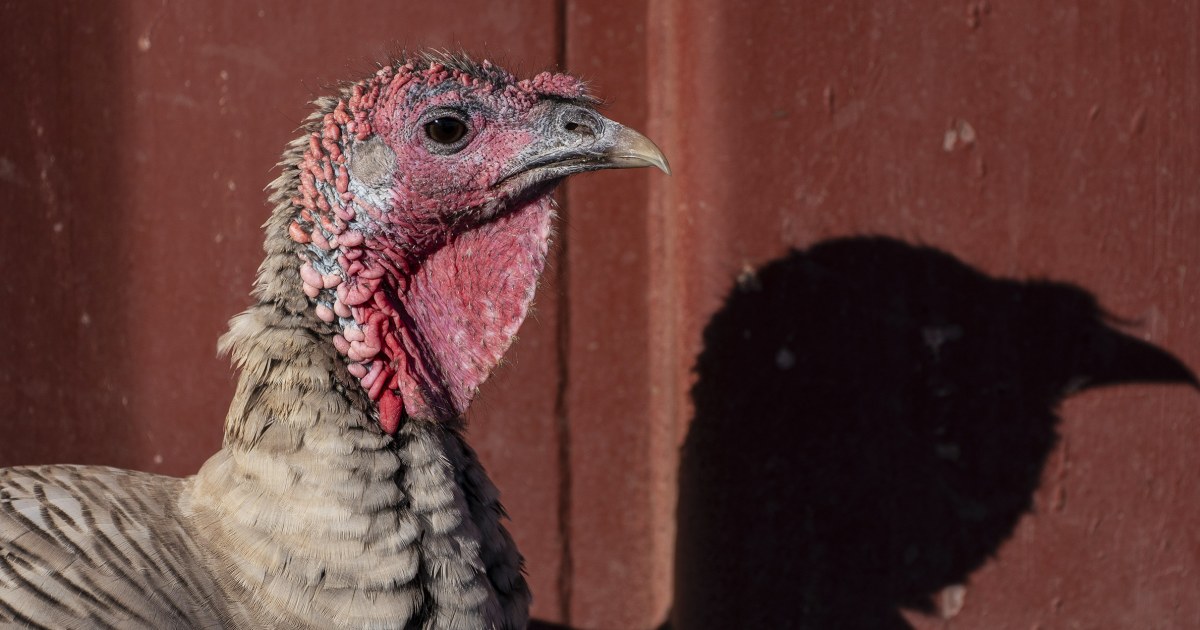APPLETON, Minn. — After a relatively calm summer, bird flu is making an unwelcome return, with cases spiking earlier than anticipated in poultry flocks across several states. Officials in Minnesota and Iowa have reported a surge in infections, leading to the culling of more than 4 million birds in the past month alone. This resurgence coincides with the seasonal migration of wild waterfowl, which are believed to be spreading the H5N1 virus as they travel south.
The uptick has state agriculture leaders on high alert, fearing a repeat of past challenging autumns when the virus has historically peaked. “It was lovely,” said Shauna Voss, assistant director of the Minnesota Board of Animal Health, reflecting on the quieter summer months when fewer flocks were affected and egg prices dipped slightly. But now, with wild birds mingling at lakes and ponds, the virus is finding new opportunities to spread.
In Iowa, the first confirmed case this fall emerged last week on a turkey farm in Calhoun County, according to Iowa Agriculture Secretary Mike Naig. “The question for us then is how extensive will it be and what kind of fall will we have,” Naig said. He noted that it's too early to predict impacts on egg prices, adding, “The only honest answer to that is we will have to see. I wish I could give you more than that.”
This marks the fourth consecutive fall with rising bird flu infections, signaling that the virus may be becoming endemic among wild bird populations. “It’s not going away. It seems pretty embedded,” Voss said. The trend is particularly concerning for poultry producers, as H5N1 is almost always fatal to infected birds, necessitating large-scale culls to contain outbreaks.
The virus was first detected in a U.S. commercial flock in February 2022, after circulating in wild birds. Since then, more than 175 million birds have been culled or died from the disease, according to federal data. Two years ago, the virus unexpectedly jumped to dairy cows, appearing in raw, unpasteurized milk and prompting widespread changes in farm practices and testing protocols.
At least 70 people, mostly farmworkers in close contact with infected birds or cows, have contracted the virus, with one reported death. While the risk to the general public remains low, experts warn that increased circulation could heighten the chances of the virus adapting to spread more easily among humans.
Wild birds are key vectors in transmitting the disease to poultry farms, often through direct contact, contaminated feed, or materials brought in by workers. “If you got one sick bird that moves over an area, infects some others, the math suggests it’s going to spread really fast,” said Michael Ward, a professor of natural resources and environmental sciences at the University of Illinois, who studies bird migration patterns.
Ward pointed to environmental factors exacerbating the issue, such as shrinking wetland habitats due to drought in states like Illinois. This forces birds to congregate more closely, increasing viral transmission. “It’s a perfect combination for disease to pop up,” he said.
As migration season intensifies, officials and experts are monitoring the situation closely. “It’s an interesting time,” said Declan Schroeder, an associate professor of virology at the University of Minnesota’s College of Veterinary Medicine. “Everyone is waiting with bated breath to see what’s going to happen.”
The U.S. Department of Agriculture has outlined a five-prong strategy released in February to combat the virus, including $100 million allocated for research into biosecurity measures and vaccine development for poultry. However, the agency has not yet approved a vaccine for widespread use in the U.S., citing potential impacts on exports. Countries like France have already begun vaccinating birds.
“We really do believe that an effective vaccine strategy would be very helpful for the egg and turkey producers, but we understand that has to be carefully done to ensure there’s not an impact to other markets,” Naig said. He added that the USDA is focusing on this area, and stakeholders are awaiting details on a potential strategy.
Concerns extend beyond agriculture to public health, with some experts highlighting risks if the virus mutates. Dr. Peter Chin-Hong, a professor of medicine at the University of California, San Francisco, who studies infectious diseases, advised precautions such as getting seasonal flu shots and avoiding raw milk or unpasteurized cheese, especially during migration periods. “Don’t let your cats feed outside when it’s migratory bird season,” he said.
Chin-Hong expressed regret over the Centers for Disease Control and Prevention's decision to stop coordination calls on H5N1 with health providers this spring. He also criticized the Trump administration’s termination of funding for mRNA vaccine research, noting that biotech company Moderna had been developing a bird flu vaccine using the platform before the Department of Health and Human Services canceled its grant.
A particularly worrisome scenario involves a person simultaneously infected with H5N1 and seasonal flu, which could allow the bird flu virus to reassort its genes and become more transmissible to humans. The CDC did not respond to requests for comment on these developments.
Looking ahead, the ongoing presence of bird flu in wild populations poses a continual threat to the poultry industry and potentially to human health. As fall deepens, state and federal officials remain in a watchful stance, balancing immediate containment efforts with longer-term strategies like vaccination. While the summer provided a brief respite, the virus's return underscores its persistence, leaving farmers, scientists, and policymakers to navigate what could be another demanding season.
